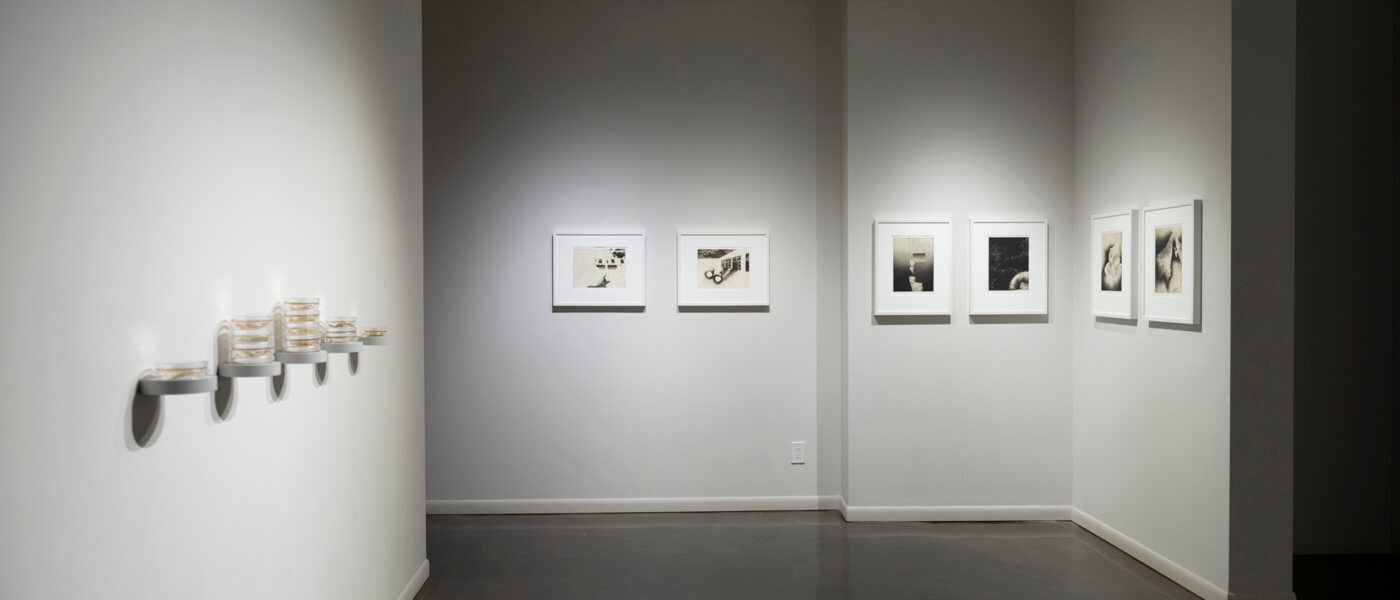
Event Details
Join us on Saturday January 23 at 2pm CT for a virtual artist talk with Jill Ho-You. This artist talk is presented in conjunction with Ho-You’s solo exhibition, Inversion, which is on view from January 15 – February 19, 2021.
Please review our COVID-19 procedures in full here.
Accessibility information:
ASL interpretation is available by request for Deaf attendees. Requests must be submitted by 5pm on Wednesday January 20 to askmartha@printmakers.mb.ca.
The virtual artist talk will be delivered via Zoom. To access this event, join the Zoom meeting at 2pm CT on January 23 by clicking this link: https://zoom.us/j/95136860177 or by using this meeting ID: 95136860177. Zoom’s automatic closed captioning function will be enabled during the presentation. You do not need to download Zoom ahead of time, but you may do so at https://zoom.us.
This event will be recorded. Please turn off your video when joining the Zoom meeting if you prefer not to be recorded.
The artist talk is free to attend and open to the public.
– – – – – – – –
Jill Ho-You is an Assistant Professor in Print Media at the Alberta University of the Arts in Calgary, AB. Her practice explores the intersection of trauma, embodied memory, and the environment through a mixture of print media, bioArt, installation, and drawing. Her work has been exhibited internationally, including solo exhibitions at the University of the Arts in Philadelphia and The New Gallery in Calgary, AB. She has participated in numerous group shows such as at the Kyoto Municipal Museum of Art, Japan; International Print Center New York, USA; and the National Taiwan Museum of Fine Art, ROC.
Ho-You is the recipient of grants from the Canada Council for Arts and Alberta Foundation for the Arts and has participated in residencies at Open Studio in Toronto, ON, the University of Windsor, ON and St. Michael’s Printshop in St. John’s, NL.
Her work can be viewed online at www.jillhoyou.com and on Instagram @jrhoyou.
Artist statement:
My combined interest in psychology, anatomy, and memory has previously led me to explore the concept of embodied memory in my practice. Embodied memory is the idea that the human body physically records experiences and trauma in its cells, tissues, and genes. Recently, I have begun to examine the similar ways the environment and the human body processes and remembers trauma. Paralleling the system of the human body to the ecosystem, my work attempts to compare how both the Earth and body retain deep forms of memory in the atoms, molecules, and structures they are composed of. The idea that the environment has memory raises the question of the permanency of damage and pollution caused by human industry in the current epoch of the Anthropocene.
My work explores the anxiety, fear, and speculation about the future of the planet by imaging the world if global warming reaches its predicted negative climax of uninhabitable climate change, shrinking biodiversity, and unsustainability. Drawing inspiration from early anatomical illustrations, earth science diagrams, industrial and urban architecture; my prints, print-based installations and drawings engage with our anxieties, fears, and speculations about the health of the planet and the viability of the human species. The work explores the idea of systemic failure while drawing parallels between the biologic, environmental, and man-made. The layering and juxtaposition of these references creates speculative landscapes that are simultaneously strange and familiar, ruined and animate, geologic and bodily.